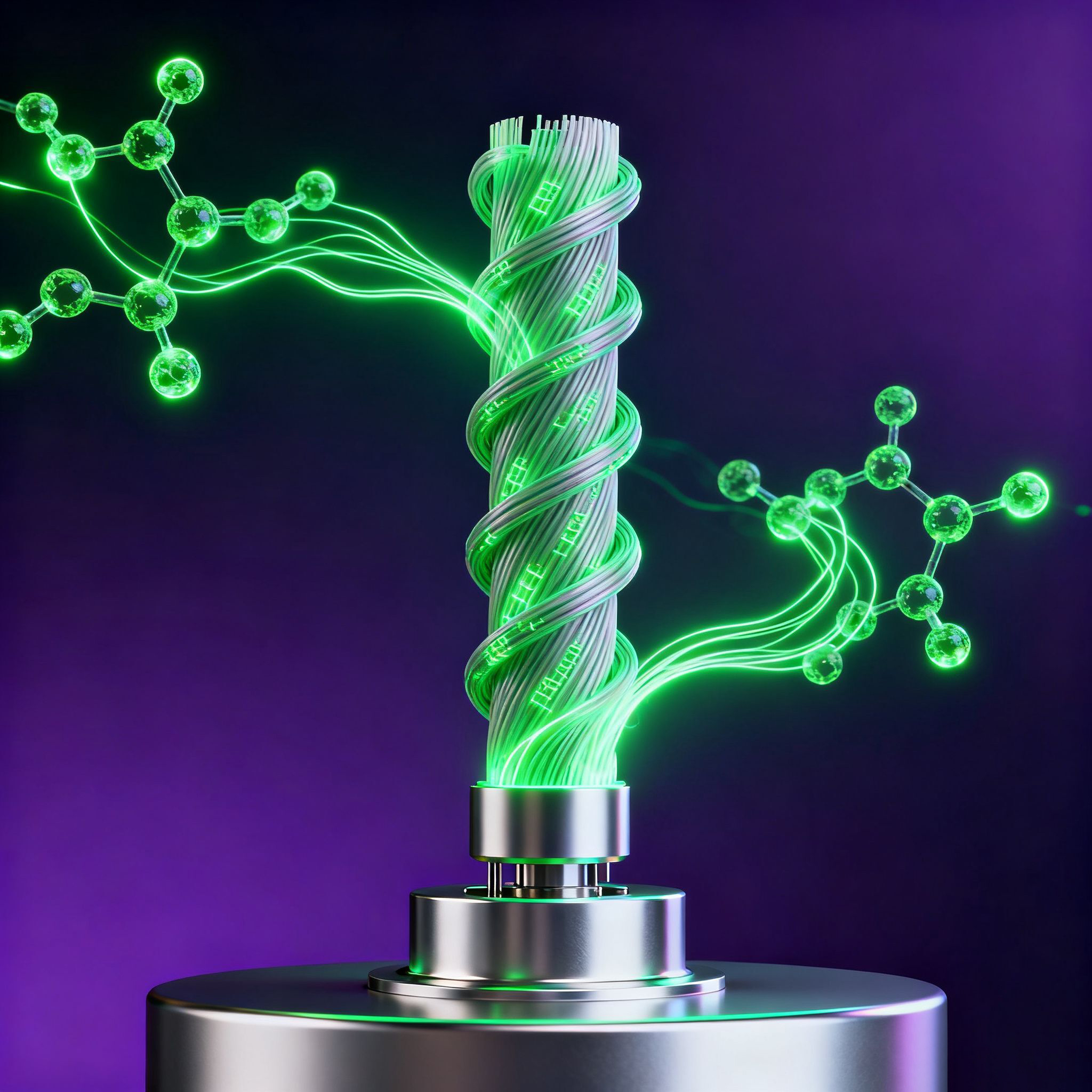Recently, I was chatting with a few friends in the communication industry and we talked about a rather interesting topic: imported alternative optical fiber solutions. To be honest, in the past, we always thought that imported optical fiber equipment was “high-end and sophisticated”, with good quality, advanced technology and peace of mind when using it. But gradually, people have discovered that domestic optical fiber technology is also developing rapidly, and in some fields, it has even been able to compete with imported products.

Imported alternative optical fibers, to put it simply, are optical fiber products that we develop and produce ourselves to replace those equipment that rely on imports. Why do this? One aspect is the issue of cost. The price of imported optical fibers is high. With the addition of tariffs and transportation costs, the expenses go up all at once. On the other hand, imported equipment often lags behind in terms of after-sales service and technical support. When problems occur, one has to wait for foreign engineers to fly around, which incurs a very high time cost. Moreover, the international situation is changing rapidly nowadays. If the supply chain breaks down one day, it will be very troublesome.
However, it is not something that can be done at will to replace imported optical fibers. Technological accumulation is the key. Optical fibers may seem simple, but in fact, there are quite a few tricks to it. From the selection of materials to the production process, and then to the later testing and maintenance, every step must be carried out with the utmost precision. Fortunately, in recent years, China has invested a considerable amount of resources in the field of optical fibers, and many enterprises have also begun to attach importance to independent research and development. For instance, some companies have already made breakthroughs in niche fields such as special optical fibers and high-speed transmission optical fibers, and even surpassed imported products in certain performance indicators.
Of course, the import substitution of optical fibers is not only a technical issue but also involves market acceptance. Many people still have some concerns about Dasheng Optical Fiber, always thinking that “foreign monks can chant sutras.” This kind of notion is actually quite hard to change. However, as the performance of Dasheng optical Fiber in practical applications continues to improve, this prejudice is gradually being eliminated. Especially in some industries that are sensitive to costs and have high requirements for service response speed, such as some small and medium-sized enterprises and local government projects, the advantages of Dasheng Optical Fiber are demonstrated.
Another issue that must be mentioned is the standard. Imported optical fibers usually follow international standards, but Dasheng Optical Fiber still has a long way to go in terms of standard setting. However, this is also an opportunity. If we can make breakthroughs in standards and formulate technical specifications that are more suitable for domestic application scenarios, the competitiveness of Dasheng Optical Fiber will be greatly enhanced.
Overall, the substitution of imported optical fibers is a trend and an inevitable trend. It is not merely a technological breakthrough, but also an important step towards the improvement and independent control of the industrial chain. Of course, this process will not be smooth sailing and requires the joint efforts of enterprises, the government and users. But I believe that as long as the direction is right and we keep going, the future of Dasheng Optical Fiber will surely become brighter and brighter.
Finally, I would like to say that import substitution does not mean completely excluding imported products, but rather achieving self-reliance and control in key areas and reducing reliance on foreign countries. Only in this way can we gain more initiative in the future technological competition. Don’t you think so?





